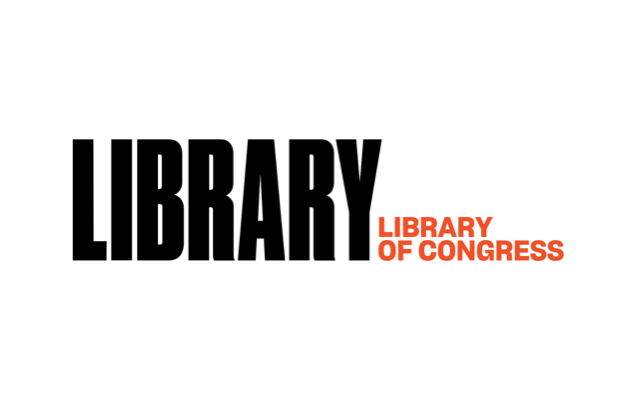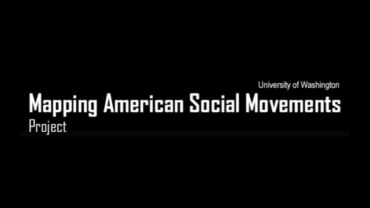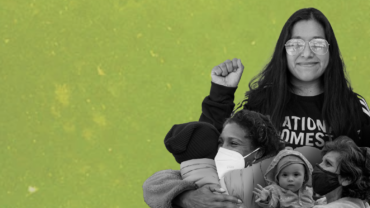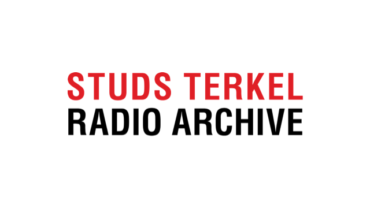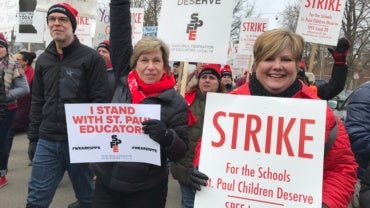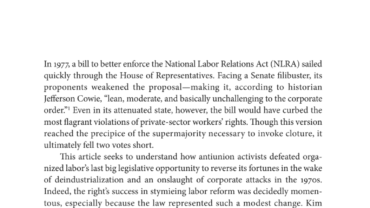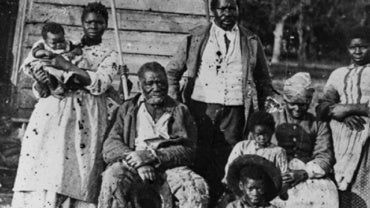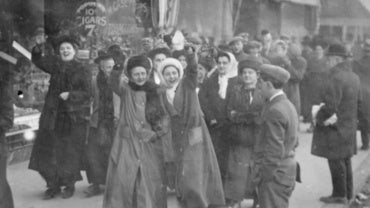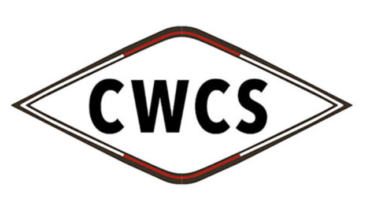Prelinger Archives was founded in 1983 by Rick Prelinger in New York City. Over the next twenty years, it grew into a collection of over 60,000 “ephemeral” (advertising, educational, industrial, and amateur) films. In 2002, the film collection was acquired by the Library of Congress, Motion Picture, Broadcasting and Recorded Sound Division. Prelinger Archives remains in existence, holding approximately 11,000 digitized and videotape titles (all originally derived from film) and a large collection of home movies, amateur and industrial films acquired since 2002. Its primary collection emphasis has turned toward home movies and amateur films, with approximately 12,000 items held as of Spring 2015. Its goal remains to collect, preserve, and facilitate access to films of historic significance that haven’t been collected elsewhere. Included are films produced by and for many hundreds of important US corporations, nonprofit organizations, trade associations, community and interest groups, and educational institutions. Getty Imagesrepresents the collection for stock footage sale, and over 6,400 items (representing approximately 4,800 distinct films) are available here.
